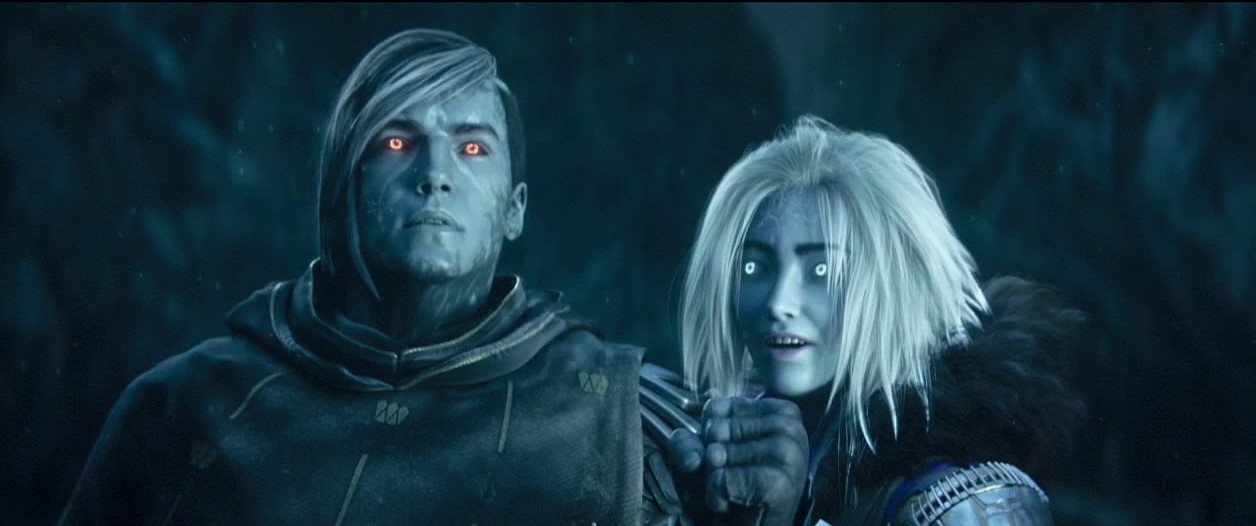Table of Contents Show
From Star Wars to “Wolfenstein,” using allegories of fascism is a common way to depict the “big bad” in a work of fiction, whether extremely overt (like “Wolfenstein”) or more subtle (like Star Wars). It’s an easy way to quickly identify the great evil of a world; look for whatever force is trying to take over the world via death and conquest. Bungie’s main IP (“Intellectual Property”) and space epic, “Destiny 2,” seems to be no exception. With the long-awaited arrival of its “big bad,” The Darkness, “Destiny 2” has added itself to a growing number of great fictional works that use a more subtle allegory of fascist ways of thinking.
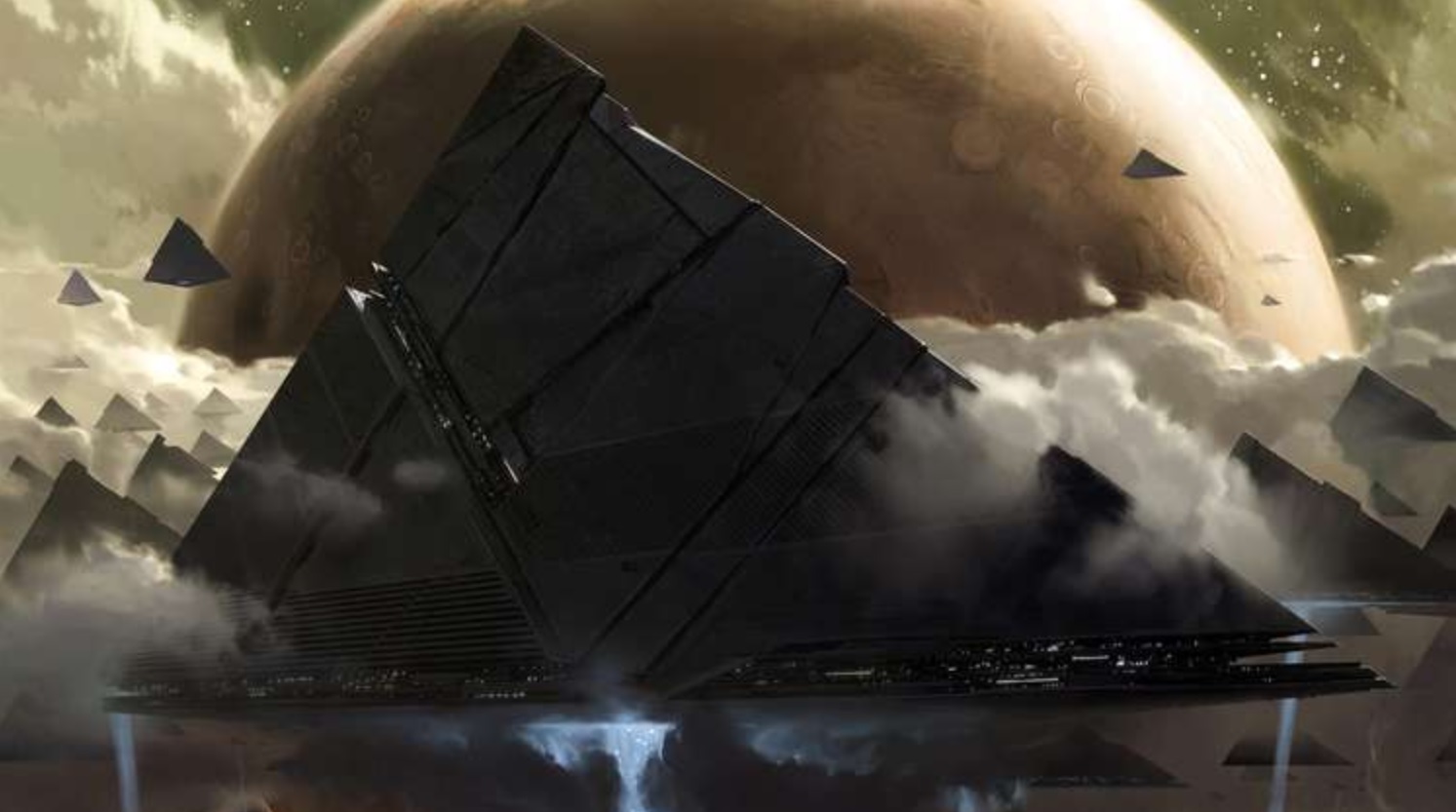
However, the way “Destiny 2” depicts its great evil is different. Instead of being a brutal and upfront army fighting by brute force, The Darkness works on a quieter note. It corrupts, targeting isolated individuals to seduce and turn against the world. Instead of threatening destruction, The Darkness whispers promises of salvation to those who have been defeated and outcast. Where past “big bads” have been more aligned with what could be considered fascism circa World War II, The Darkness in “Destiny 2″ is more aligned with the alt-right and other far-right/fascist internet-based movements of the 21st century: quiet and sinister, seducing and twisting anyone it can until they are an isolated weapon of its own design.
A Quick Look At Fascism In The 21st Century
While most people’s understanding of “old-school fascism” is brutal dictators roaring persuasive and deadly rhetoric to a massive crowd of enthusiastic subjects, it has gained a new face and new tactics for attracting followers in the age of social media. Academics and journalists who have been watching “alt-right” websites and chat rooms in recent years have cited a few different ways these groups either reach out to or are found by individuals. One of these is seduction, which in this context can be defined as an “I know what you’re thinking” method ((Forrester, John. The Seductions of Psychoanalysis: Freud, Lacan, and Derrida. New York: Cambridge University Press. 1990.)).
The seducer (in this case members of these extremist groups) proposes an initial and intimate bond ((Alfano, Mark. “Technological Seduction and Self-Radicalization.” Journal of the American Philosophical Association. 298-322. American Philosophical Association. 2018.)) with the intended target to better suggest the seducer’s own ideas, interfering and subverting the seducee’s reasoning process ((Conly, Sarah. “Seduction, Rape, and Coercion.” Ethics 115. 2004.)). In other words, a seducer pretends to be an ally to whomever the intended target is and presents themselves as an authority figure on whatever subject is at play. In the context of far-right movements, this can be seen plainly in a dissected look of an “alt-right” website’s journalist handbook. By keeping a “joking” tone, the journalists can pass themselves off as allies. By presenting the website in the same fashion as legitimate news sites, they pass themselves off as authoritative.
Other steps in the recruiting process can be seen in J.M. Berger’s article for the Combating Terrorism Center. The most important is isolation from the mainstream: cutting ties with family, friends, and non-extremist media ((Berger. J.M. “Tailored Online Interventions: The Islamic State’s Recruitment Strategy.” CTCSentinel, Volume 8, Issue 10. Combating Terrorism Center at West Point. 2015.)). Isolation is a major step in this process, as once the individual has removed themselves fully from other influences, it becomes easier to continue to seduce the individual. Through this isolation, extremist groups can reach their main goal: encouraging direct action. This direct action usually comes in the form of some physical attack, leading to what is known as “lone-wolf terrorism ((Weimann, Gabriel. “Lone Wolves in Cyberspace.” Journal of Terrorism Research, 3. 2010.)).”
Seduction And Corruption At Play In “Destiny 2”
With the previous definition of seduction and the steps towards radicalization in mind, one can look to “Destiny 2” and its main villainous force, The Darkness. In the game’s lore, The Darkness describes itself as a fundamental rule of the universe, asserting itself as the rule of death. Where The Traveler is the main force of Light and the driving force behind the player character’s strength and life in-game, The Darkness is the antithesis — the end. However, contrary to other depictions of conquering fascist forces, it is not made of anyone alien species or race. It is a shadowy, para casual force.
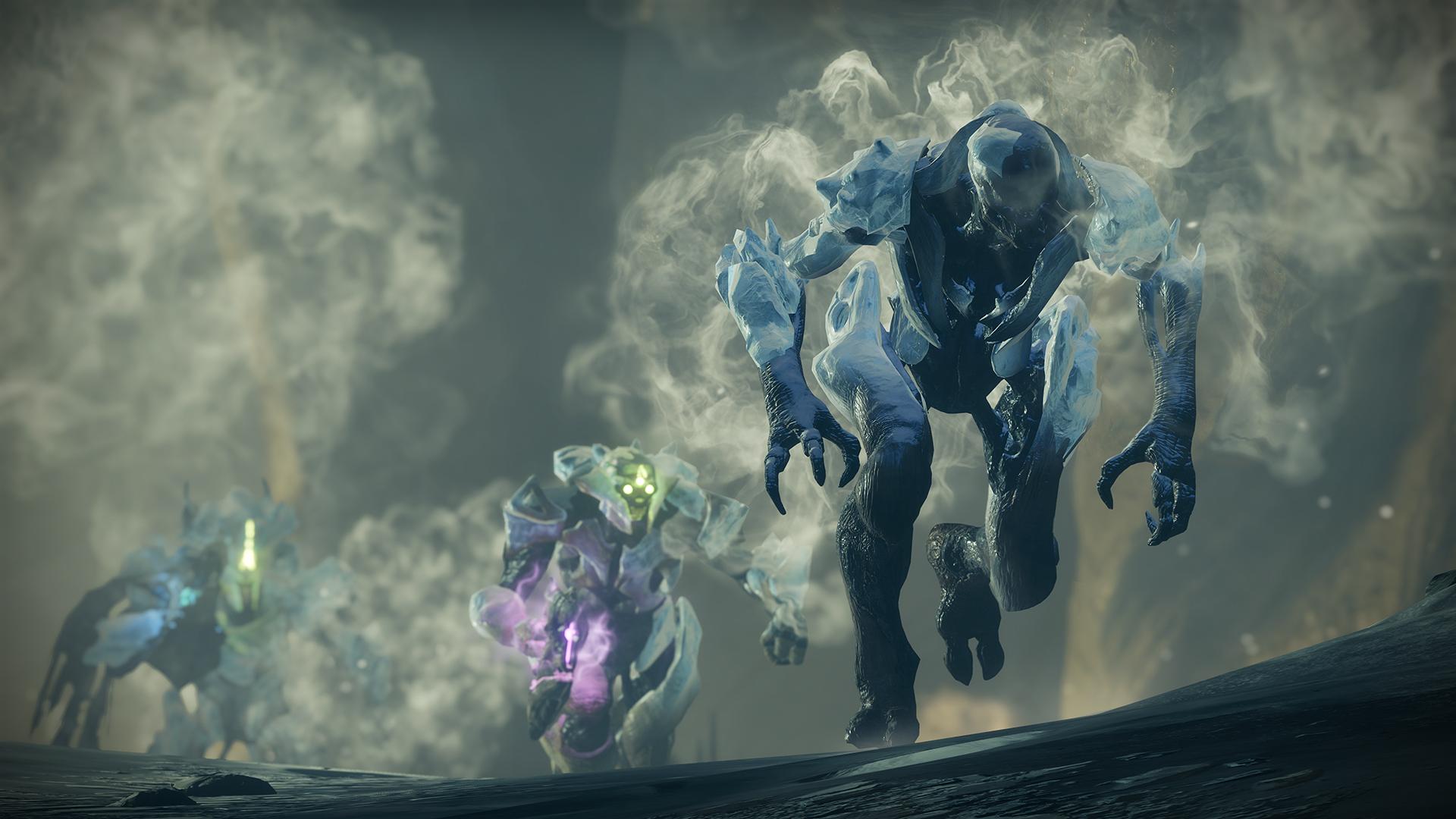
Because of this, The Darkness uses seduction and isolation to gain strength. The clearest example of this in-game can be found in The Hive (an alien race), Prince Uldren Sov, and Eramis. These examples were previously isolated from their own society through some means and then seduced and further isolated by The Darkness. Then, once fully in the clutches of the force, these examples carried out or planned to carry out some violent, direct action at the behest of The Darkness.
The Hive
The Hive in “Destiny 2” are a ruthless alien race, dedicated to the idea they call the “sword logic:” that whatever can be killed should be killed until all is left is them or whatever kills them. They are led (or have been led) by three sibling rulers: Oryx, Savathün, and Xivu Arath. They are ancient and have come to the Earth’s solar system to continue with their goal. However, the Hive were not always this way. Way before the start of events in “Destiny 2,” the Hive were a race of small, krill-like creatures that were often the prey of larger species living on their planet. In an attempted coup, the last king is killed, and his children Aurash, Sathona, and Xi Ro are left orphaned and on the run. In their years of isolation, the children are plagued by thoughts of revenge and fear that the end of their world is imminent.
They elect to find a source of power so that they may avenge their father’s death and save their people, and they find this source in what they call the Worm Gods. The Worm Gods talk the three into pledging their lives to the Worm Gods, stating that nothing else can give them the power they seek. The Worm Gods here are mouthpieces for The Darkness. It waits until the siblings are dejected and scared, then interjects itself into their lives slowly through the Worm Gods. Through them, The Darkness presents itself as a savior from the loneliness of their lives and the proposed end of their world. Once the sibling’s consent to The Darkness’s seduction, it gives the siblings (now going by Oryx, Savathün, and Xivu Arath) immense powers and leads them to the “sword logic.” The Darkness then leads them into the direct action: committing mass genocide on a galactic level, killing every race and species they come across.
Prince Uldren Sov of The Reef
While the Hive are a large threat to the universe of “Destiny 2,” Uldren Sov is the closest equivalent to the aforementioned “lone-wolf.” As prince of a region in Earth’s solar system called “The Reef,” Uldren Sov often goes on dangerous and risky missions to impress his sister, Queen Mara. This need to impress his mostly aloof sister comes to a head when he attempts to explore a surreal dimension only known as the “Black Garden,” and subsequently is driven mad by the adventure. After this event, the Hive attack and presumably kill his sister. The attack leaves him crash-landed alone on Mars, and in his grief and madness, he starts to hallucinate visions of Mara. These visions urge him to commit increasingly violent actions, starting with working with enemy factions to make the last governing force of The Reef unstable. Over the course of a few years, these manipulations result in Uldren murdering character Cayde-6 (a friend and mentor to the player character), as well as mass murdering citizens of The Reef.
In the game’s campaign to find Uldren and bring him to justice (read: kill), “Destiny 2” reveals that the hallucinations of Mara Uldren had been seeing were actually The Darkness manipulating a wish-granting dragon in order to seduce Uldren into darkness. In his isolation, The Darkness found him and started the same process it has done with the Hive. By using his need to impress (and then later find) his sister, The Darkness leads with the intimate bond needed for seduction, giving Uldren the attention he had always sought from his sister (this way of seduction matches J.M. Berger’s definition of “grooming,” or “lavishing attention on potential recruits ((Berger. J.M. “Tailored Online Interventions: The Islamic State’s Recruitment Strategy.” CTCSentinel, Volume 8, Issue 10. Combating Terrorism Center at West Point. 2015))”.

Once The Darkness was confident Uldren was in its full grasp, it started to lead him to direct action, pushing him to try new ways to find “Mara.” These new ways were always violent in nature, with the worst being done to completely annihilate the citizens living in The Reef. This makes him a lone-wolf terrorist: a self-radicalized individual who takes it upon himself to “do something” to fix what he considers wrong. (It is also interesting to think of his adventure into the Black Garden as a form of “red-pilling,” as it is the moment in which he becomes more susceptible to further corruption.)
Eramis, Kell of Darkness
The last of the examples is Eramis, Kell of Darkness. Newly added to the plot of “Destiny 2,” Eramis is a very present and up-close look at how The Darkness corrupts. Eramis is a member of a (generally) hostile alien race called Eliksni (or “The Fallen”). Many years before the start of “Destiny 2,” the Eliksni lived on their home planet, Riis, and were guided by the presence of the Traveler. In time, a calamity (thought to be the arrival of The Darkness) happened, and the Traveler suddenly left the Eliksni. This absence is the driving force of the Eliksni’s motivations to fight Earth forces; they want to return the Traveler to their people. Eramis, remembering what life was once like for Eliksni, wants to return her people to their former glory. However, she does not necessarily want the Traveler to return. During the previous events of “Destiny 2,” Eramis works in the background to set up a faction of Eliksni that wish to fight for themselves, not for the Light (aka: the Traveler). In her years of searching for weapons powerful enough to wipe out her enemies, Eramis is courted by The Darkness.
While the Hive siblings and Uldren were isolated and then seduced by The Darkness, Eramis does not necessarily fall into this category. Though Eramis does spend a time isolated in prison, The Darkness does not come for her until she has a council and followers. Yet, Eramis is an example of a transition into seduction through “psychological processes involved in adaptation ((Stijn Sieckelinck. “Transitional Journeys Into and Out of Extremism. A Biographical Approach.” Studies in Conflict & Terrorism, volume 42, number 7. 662–682. Taylor & Francis. 2019.)).” This means that Eramis did not need to be fully isolated from society (though in a way, she is) to be seduced.
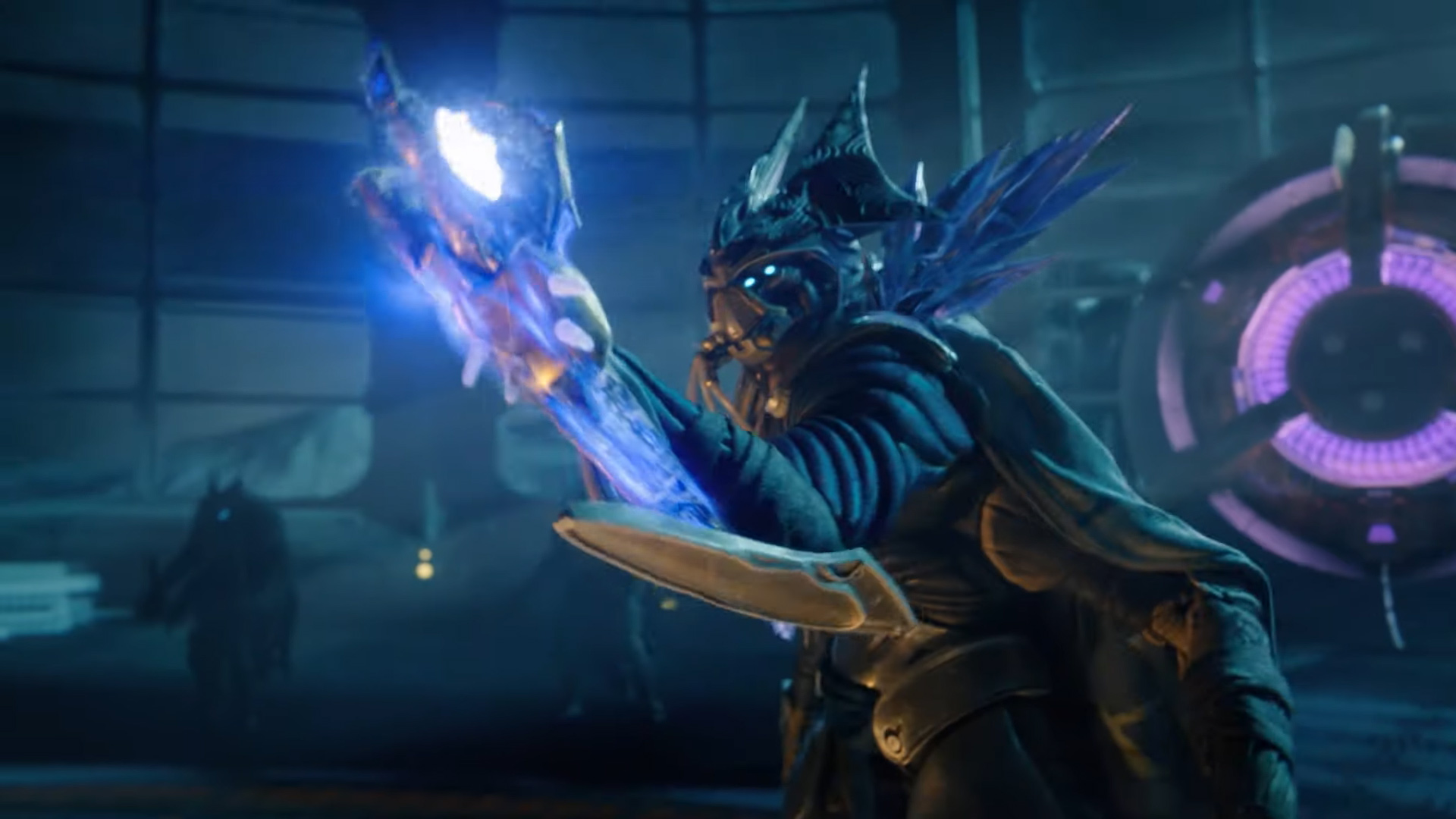
Her seduction to The Darkness happens because she is in a position of great hardship and is looking for something to help guide her to success. The Darkness provides her with that, in the shape of a special ability called “stasis.” Once she accepts the powers The Darkness offers, she is then led immediately into her form of direct action: giving it to her forces to prepare for full-on war. This, as seen in the newest campaign for “Destiny 2,” has the eventual consequence of leading the Eliksni in her reign to potential annihilation from outside, Darkness-aligned forces.
Where Will The Darkness Take The Conversation About Evil In “Destiny 2?”
In the newest expansion for “Destiny 2,” “Beyond Light,” the player character takes the aforementioned powers of stasis from The Darkness in an effort to fight against Eramis and her forces. This development has affected the narrative of “Destiny 2” in a major way. Since the world of “Destiny 2” had previously aligned the Traveler (and by extension, anyone fighting in the name of the Traveler) as “good,” the world had also aligned The Darkness as “evil.”
However, now those who fight in the name of the Traveler, as the player character, are using powers given by The Darkness. In-game, the conversation surrounding this development is heated. The Vanguard, the official leaders of Earth, are solidly against the idea, believing the using the powers are just the first step to being corrupted by The Darkness. However, there are some who believe the usage of Darkness-aligned powers is necessary to fight back. These characters understand that it is risky and that some are lost to The Darkness’s corruption, but they believe that an inner balance can be achieved.
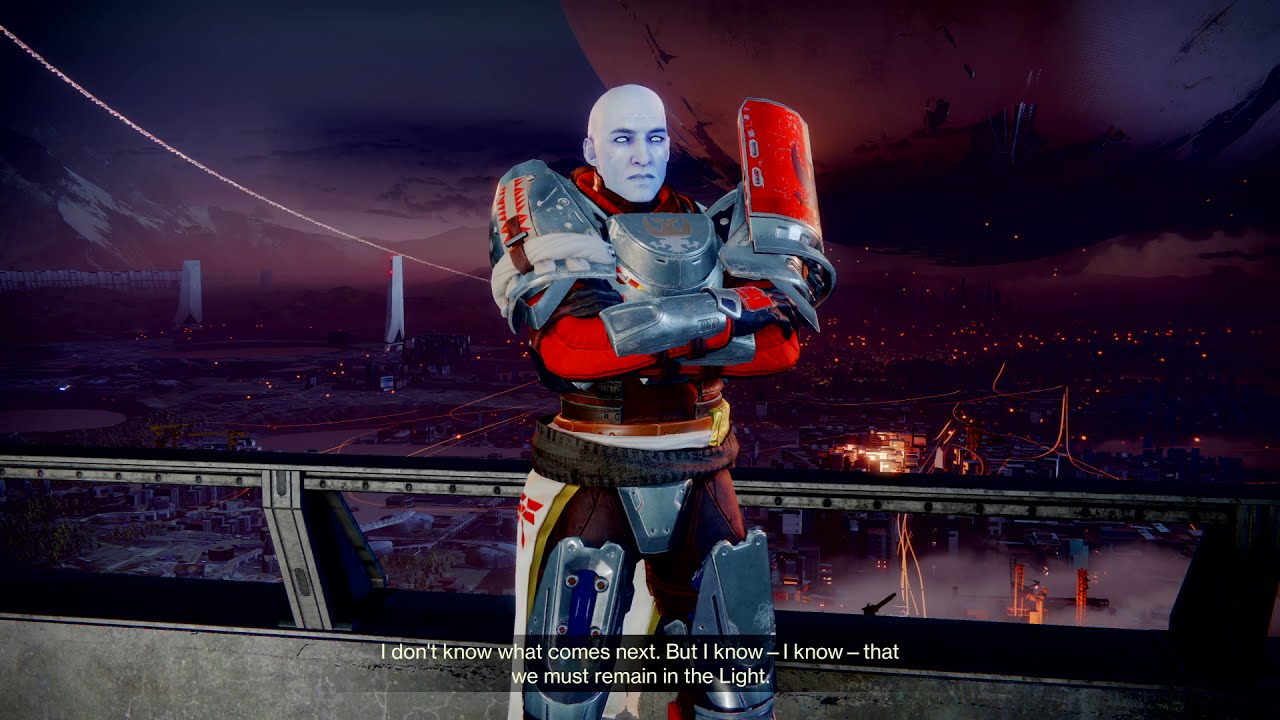
This split in opinion in “Destiny 2” may be an attempt at a parallel to real-world conversations about how to deal with the rise of “alt-right” groups. Within left-leaning circles, what should be done in an effort to minimize these groups seems to be split into two ideas: physical and non-physical pushback. Those who advocate for physical pushback argue that the only way to rid communities of these “alt-right” groups is to meet them in the streets during their demonstrations and physically push them out of the limelight.
A general motto could be summed up as “punch every Nazi you see.” The non-physical side would argue that getting physical is exactly what far-right members want. They want to fight, as both parties of a fight are seen as equal in the wrong for being violent, therefore negating other left-leaning tactics. These two sides of left-leaning communities could be seen as parallels to “Destiny 2,” with those who advocate against using the powers of The Darkness as the non-physical argument, and those who advocate for the use as the physical one.
With this in mind, it is interesting to think about what “Destiny 2” might say in the future regarding this conversation. The use of Darkness may lead to the player character’s downfall. However, it is also possible that the use of Darkness may be the thing that defeats it later on. At the moment, it is hard to see where “Destiny 2” may end up. While there are plenty of fan theories citing game lore and the titles for future expansions as to what might happen, the game itself is currently leaving this conversation open-ended. (This interpretation does not account for non-extremist, right-wing ways of thinking, though there may be something to be said for certain characters in “Destiny 2” and how they may fit into that.)
The Line Between Light and Dark
Destiny 2 is a beloved game and space epic with an active fanbase and expansive narrative. Its depiction of morality has always been nuanced and well crafted, and the full addition of The Darkness is no exception. By making The Darkness a more quietly corrupting force, “Destiny 2” adds a more modern and, arguably, more sinister version of the conquering and deadly “big bad,” leading to a more in-depth conversation surrounding seduction and what one might to in the name of “good.” Will one stick to the morals already at play, or will one walk the narrow line of “light” and “dark” in the hopes that they will be strong enough to keep the balance? The universe of “Destiny 2” is eager to see.
